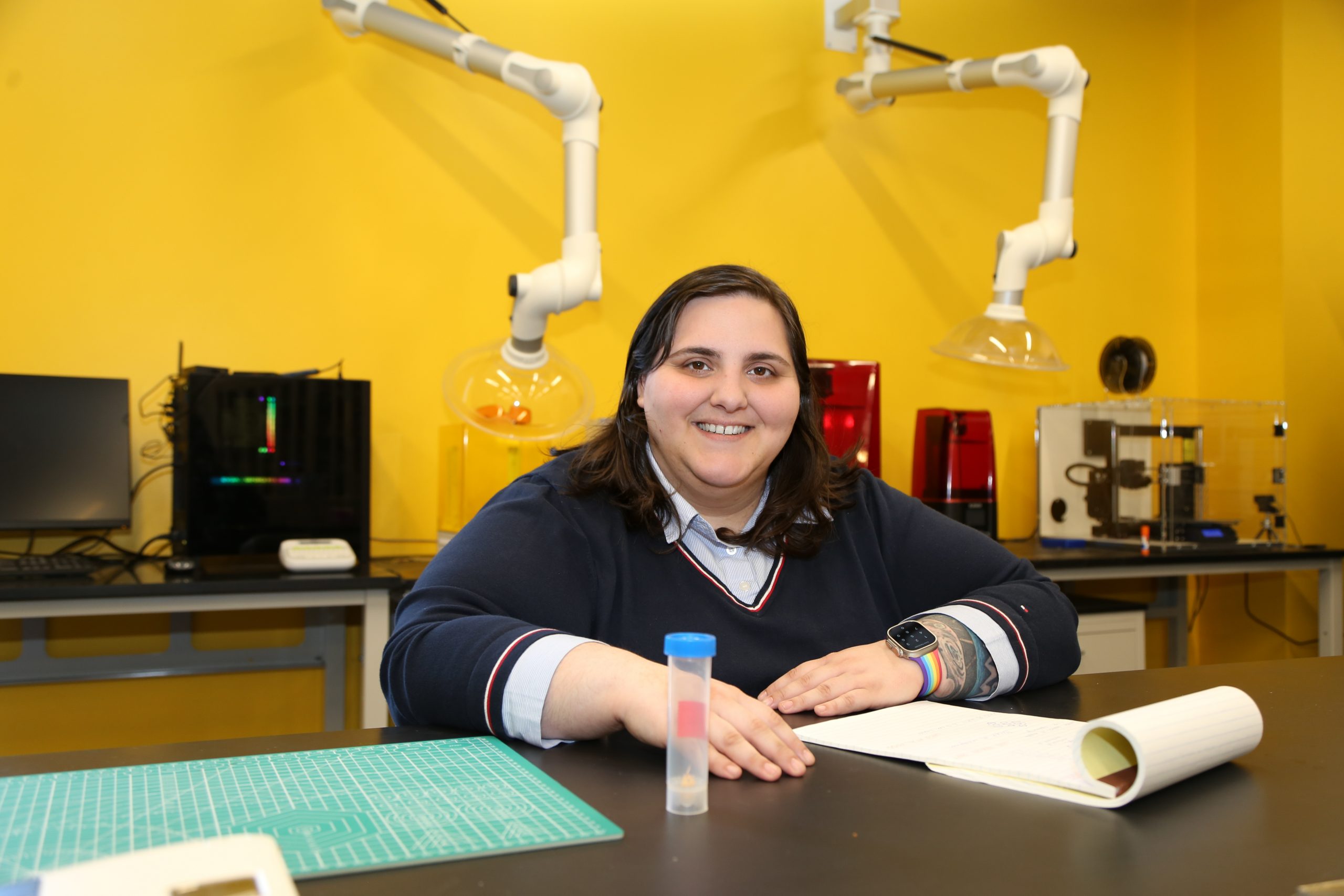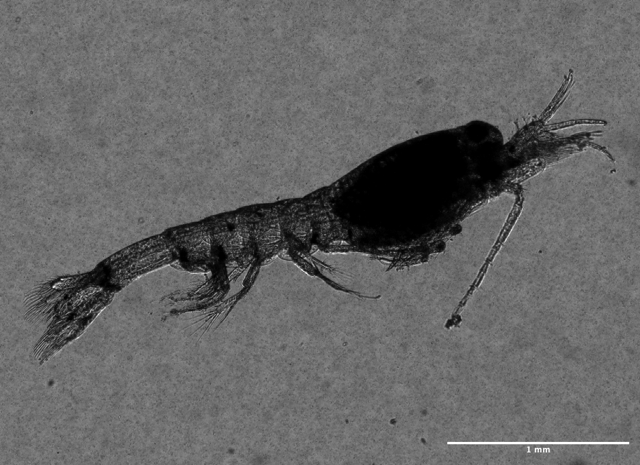Friday, April 4, 2025 at 10:30am CT

Speaker: Sara Oliveira Santos, Distinguished Postdoctoral Fellow, University of Texas Institute for Geophysics
Host: Krista Soderlund
Title: Shrimp as a model organism for bio-inspired underwater vehicles
Abstract: Metachronal locomotion, characterized by the sequential beating of appendages moving in a tail-to-head motion with a phase lag, is present across a wide range of length scales and Reynolds numbers (Re). During the power stroke, the swimming appendages move opposite the swimming direction, maximizing their surface area to generate drag-based thrust in each pleopod. During the recovery stroke, the profile area decreases, reducing the drag on the appendages and creating net thrust. Metachronal, drag-based swimming in shrimp has been studied to understand its ecological significance and find solutions for underwater propulsion. However, we have yet to explore many important mechanisms of shrimp swimming, especially at the single appendage scale. We investigate the individual characteristics of their kinematics and morphology to understand the methods of success in shrimp swimming. We designed and built a fully articulated, multi-link robotic platform, integrating the kinematics of shrimp pleopods. Its modular design allows for integrating morphological features to test any particular parameter of interest and is suitable for studying multi-legged systems. Using experimental techniques, we use our robotic platform to investigate the hydrodynamics of a single beating appendage’s near- and far-field flow. We performed concurrent kinematics, force, and velocimetry measurements to examine the generation of drag-based thrust and lift, and the formation of vortices around one propulsor. We found that shrimp produce lift through a leading-edge vortex during the power stroke by taking advantage of the angle of incidence of their exopodite. Insights from our robotic platform can provide design guidelines for bio-inspired underwater uncrewed robots, contribute to understanding the evolutionary history of metachronal swimmers, and establish a link between their adaptations and the ecosystem.

